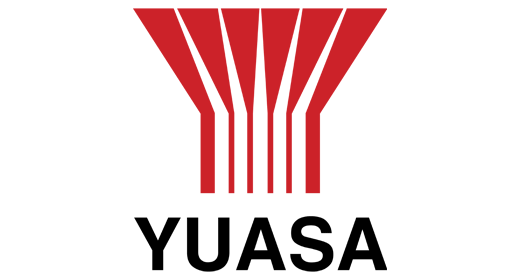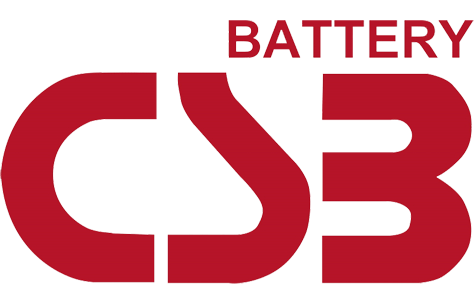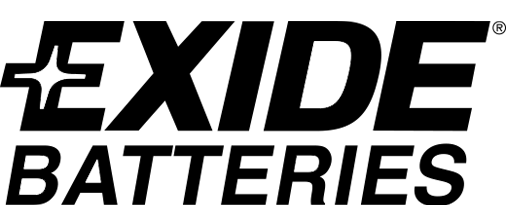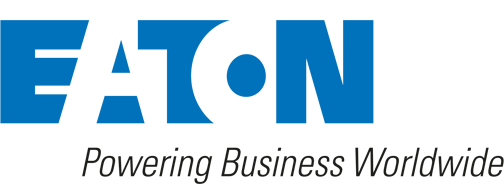Choosing the Right UPS: A Guide to Online Double-Conversion, Line-Interactive, and Offline (Standby) UPS Systems
Uninterruptible Power Supplies (UPS) are essential components of any critical power infrastructure. They supply reliable power backup during power outages, surges, and electrical disturbances. Different UPS systems have their own pros and cons. This blog will discuss the three primary UPS systems: Online Double-Conversion, Line-Interactive, and Offline (Standby) UPS.
Online Double-Conversion UPS
The Online Double-Conversion UPS is the most advanced and reliable UPS available. This type of UPS is commonly used in critical applications, such as data centres, healthcare facilities, financial institutions, and other applications where continuous power is necessary.
Online Double-Conversion UPS provides complete isolation between input and output power sources. The incoming AC power is rectified to DC and converted back to AC through an inverter. The inverter output is then connected to the load. This process provides a constant supply of clean, stable power, regardless of fluctuations or abnormalities.
The Online Double-Conversion UPS also features a battery backup system. This supplies power to the load for minutes or even hours during a power outage. With this feature, power disruptions will not affect the load, and essential operations can run smoothly, uninterrupted.
One of the significant advantages of the Online Double-Conversion UPS is that it offers an elevated level of protection. It protects against power disturbances, such as power surges, sags, spikes, and harmonic distortions. It also provides a high level of load protection, ensuring that any fluctuations or abnormalities in the incoming power do not affect the load.
However, the Online Double-Conversion UPS is the most expensive type of UPS, requiring higher maintenance levels than other types of UPS. In comparison, this UPS consumes more power, which results in higher energy costs.

Line-Interactive UPS
The Line-Interactive UPS is the second type of UPS available on the market. This type of UPS is commonly used in small to medium-sized businesses, home offices, and other applications where moderate power protection is necessary.
The Line-Interactive UPS protects against power disturbances by incorporating an automatic voltage regulator (AVR) into its design. The AVR monitors incoming power and adjusts it to support a stable output voltage. This feature ensures the load is unaffected by fluctuations or abnormalities in power.
Like the Online Double-Conversion UPS, the Line-Interactive UPS also features a battery backup system. This provides power to the load for several minutes or even hours during a power outage. This feature ensures critical operations continue uninterrupted.
The Line-Interactive UPS is cheaper than the Online Double-Conversion UPS and requires less maintenance. It also consumes less power, reducing energy costs.
However, the Line-Interactive UPS does not provide complete isolation between the input and output power sources. This makes it susceptible to certain power disturbances, such as harmonic distortions. It also provides a lower level of protection than the Online Double-Conversion UPS, which may not be suitable for critical applications.
Offline (Standby) UPS
The Offline (Standby) UPS is the third type of UPS available on the market. This type of UPS is commonly used in small home offices, desktop computers, and other applications where power protection is necessary.
The Offline (Standby) UPS provides a basic level of protection against power disturbances by monitoring incoming power and switching to battery power when necessary. This feature ensures the load is unaffected by power disruptions. However, it does not provide high protection against power disturbances, such as surges, sags, and spikes.
The Offline (Standby) UPS is the most affordable UPS and requires less maintenance. It also consumes the least power, making it an energy-efficient choice.
However, the Offline (Standby) UPS has a longer transfer time than the other two types of UPS. This transfer time can interrupt power to the load, which may not be suitable for sensitive equipment or critical operations.

Choosing the Right UPS Type
When selecting a suitable UPS system for your needs, it is crucial to consider certain factors. These factors include the level of protection needed, the size of the load, the budget, and the available power source.
We recommend using an Online Double-Conversion UPS for critical applications. This type of UPS provides unparalleled protection against power disruptions, ensuring operations continue without interruption.
For small businesses and home offices, a Line-Interactive UPS system is an ideal choice for power protection. It is affordable and provides an effective defence against power disruptions, without needing Online Double-Conversion protection.
For power protection for desktop computers, small home offices, and other similar applications, an Offline (Standby) UPS is an ideal choice. This type of UPS provides limited protection and is the cheapest option.
In conclusion, Uninterruptible Power Supplies (UPS) are essential in any critical power infrastructure. The three primary types of UPS available today are Online Double-Conversion UPS, Line-Interactive UPS, and Offline (Standby) UPS.
UPS types have their own advantages and disadvantages. Choosing the right UPS for your application requires careful consideration of factors like the level of protection, the size of the load, the budget, and the available power source.
Overall, the Online Double-Conversion UPS is the best choice for critical applications, the Line-Interactive UPS is a good option for small to medium-sized businesses, and the Offline (Standby) UPS is a good option for power protection for desktop computers, small home offices, and other similar applications.
To find out how we can help you choose the right UPS for your budget and requirements, contact us at 0800 080 3118!














